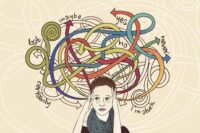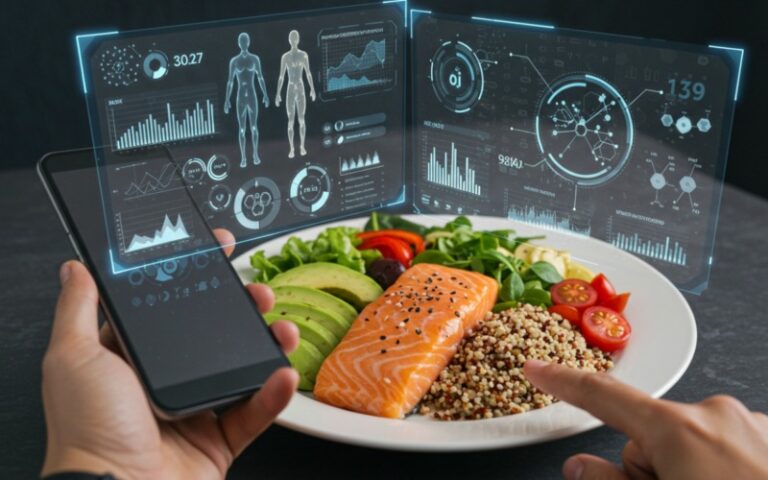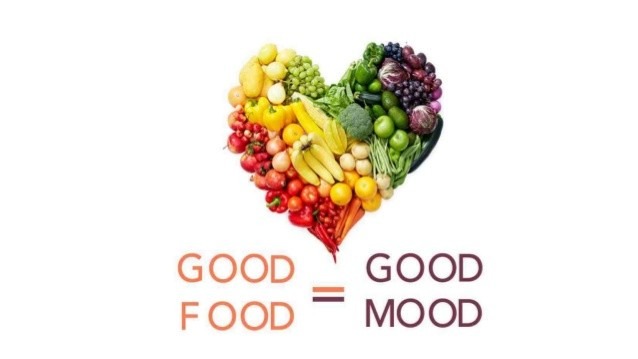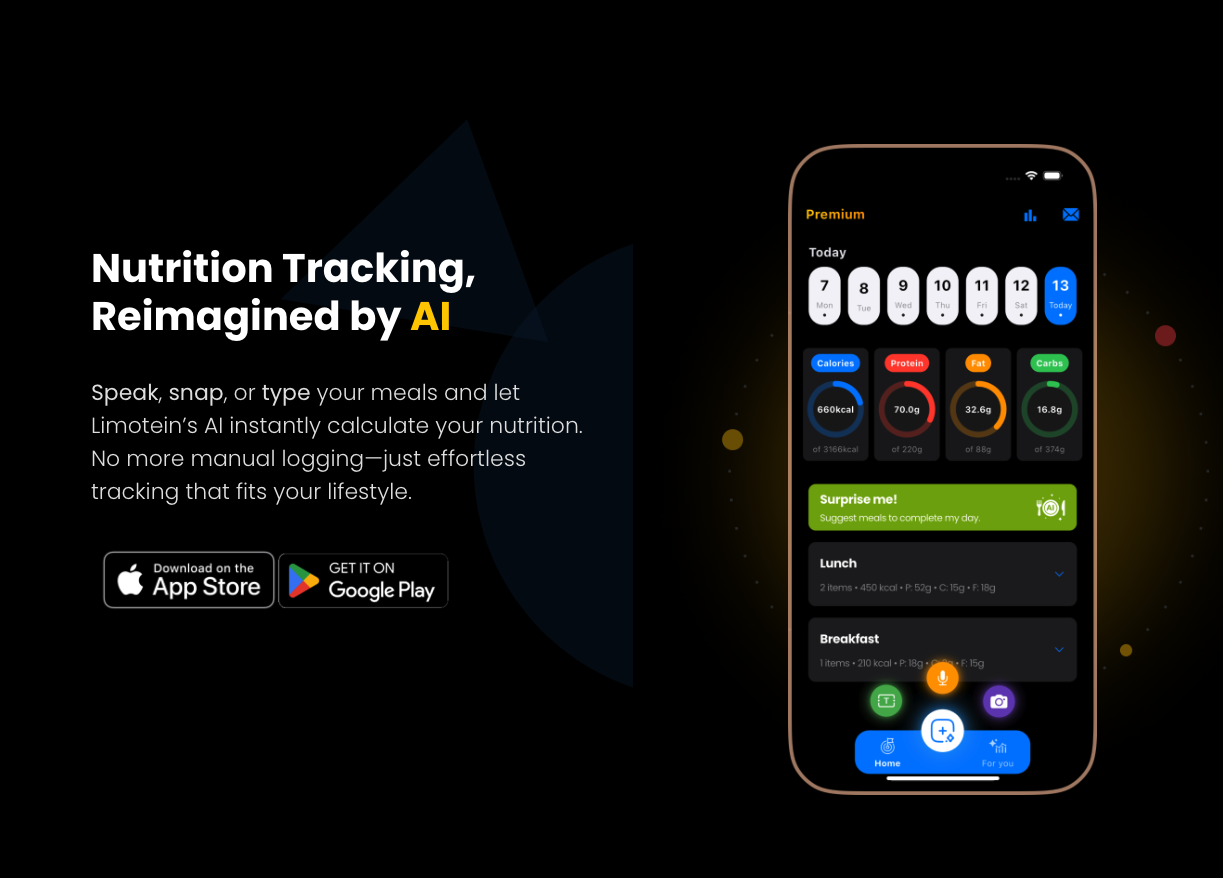For years, the holy grail of health has been a diet designed exclusively for your unique biology. The first major leap in this direction came with the rise of DNA-based nutrition testing. These kits promised to unlock our body’s nutritional secrets, all encoded in our genes.
But as technology evolves, a new, more dynamic approach is emerging, raising the question: Is it possible that real-time artificial intelligence, analyzing how our bodies respond to food every single day, could be even more powerful than our static genetic blueprint?
This article explores the strengths and limitations of both approaches and makes the case that the future of nutrition lies in live, dynamic, real-world data—not just a fixed genetic report.
The First Wave of Personalization: The Power and Limits of Nutrigenomics
To be fair, DNA tests provide valuable information. They can:
- Reveal your genetic predispositions (e.g., a higher likelihood of lactose intolerance).
- Indicate how your body might metabolize caffeine.
- Hint at potential needs for certain vitamins or nutrients.
In short, a DNA test is like getting the “owner’s manual” for your body’s hardware. It’s a fantastic starting point.
But what are its limitations?
- It’s Static, Not Dynamic: Your DNA doesn’t change. But your lifestyle, stress levels, age, and most importantly, your gut microbiome are constantly in flux. A recommendation based on your DNA five years ago doesn’t account for your body today.
- Predisposition vs. Reality: Your genes might say you have a tendency towards insulin resistance, but they can’t tell you if the pizza you just ate actually spiked your blood sugar. Genetics are the map; they are not the live traffic report.
 Also Read:
Ending the All-or-Nothing Cycle: How to Get Back on Track...
Also Read:
Ending the All-or-Nothing Cycle: How to Get Back on Track...
The Second Wave: AI and Real-World Data Analysis
The new paradigm shifts from looking at a static map (DNA) to analyzing live traffic (your body’s daily responses). AI-powered platforms like Limotein allow you to constantly run personalized experiments on yourself.
The AI works by analyzing the relationship between your inputs (the food you log via voice, photo, or text) and your outputs (your energy levels, mood, sleep quality, etc., as noted by you).
The AI Advantage:
- It’s Dynamic and Adaptive: The AI’s recommendations evolve as your body and lifestyle change.
- It’s Holistic: It doesn’t just consider your genes. It can analyze the interplay between a poor night’s sleep, a stressful workday, and your subsequent afternoon sugar cravings.
- It’s Immediately Actionable: An AI can spot a pattern this week—like your energy crashing every time you eat a certain breakfast—and help you fix it tomorrow. A DNA test can’t do that.
DNA + AI: The Best of Both Worlds?
Ultimately, the future of personalization will likely be an integration of both. Your DNA test provides the foundational “owner’s manual,” while an AI like Limotein provides the “live performance dashboard.” You can use the AI to test and validate your genetic predispositions in the real world.
But if you had to choose just one to start with today, which is more impactful? The tool that gives you a one-time, static report, or the one that helps you make a better decision for lunch right now?
Conclusion: The Future of Nutrition is Dynamic and In Your Hands
While genetics are fascinating, true personalization comes from understanding your body’s real-time, real-world responses. For the first time, AI-powered tools are making this level of dynamic self-discovery accessible to everyone.
You don’t need an expensive DNA kit to start personalizing your nutrition. You just need to start listening to your body’s data. Begin discovering your unique responses today with Limotein’s free trial and step into the future of health.







